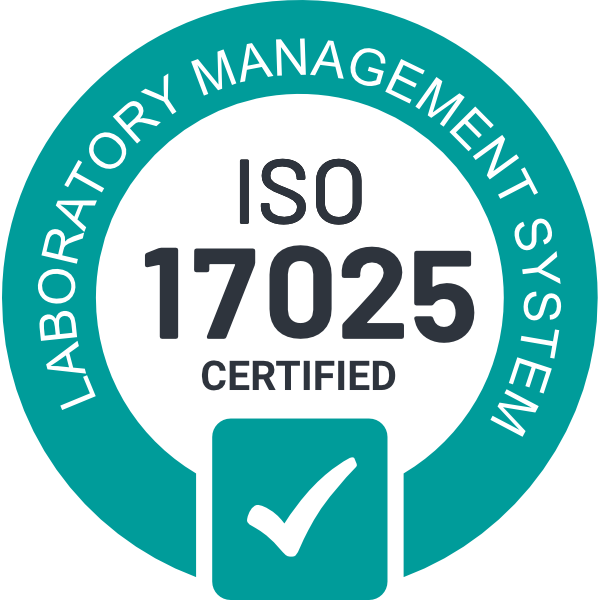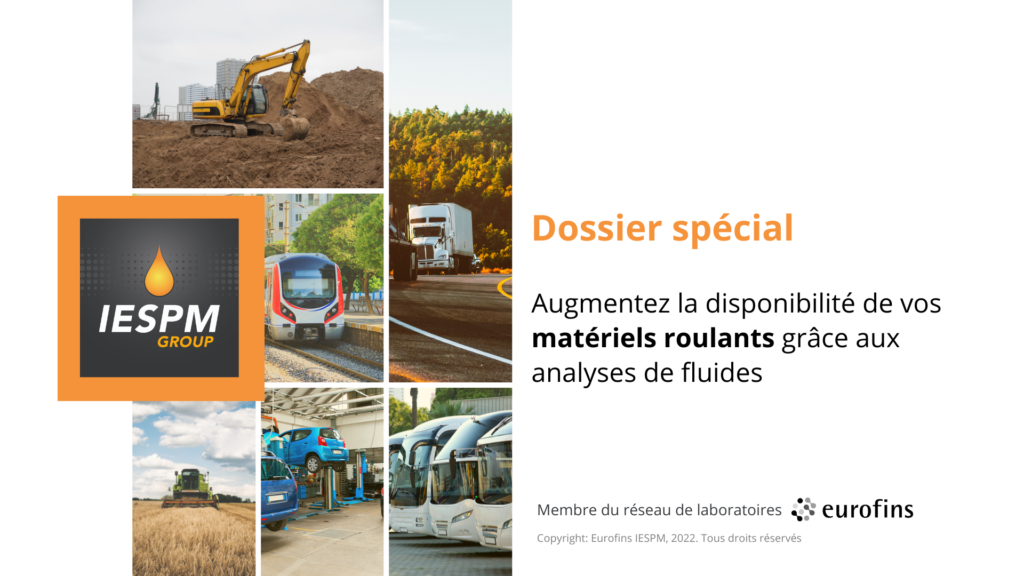AdBlue® Analysis
What is AdBlue®?
AdBlue® (or AUS 32) is an aqueous chemical solution composed of purified water (67.5%) and automotive-grade urea (32.5%). It is injected into the exhaust gases of a diesel engine to reduce nitrogen oxide emissions.
It is interesting to note that the urea used is manufactured exclusively for the production of AdBlue®, and that only a few suppliers can produce urea of superior quality, necessary for AdBlue® compliance with the requirements of ISO 22241-1 standard.
Since January 2016, the use of AdBlue® has been mandatory in most diesel engines. The tank intended for it, recognizable by its blue cap, is generally located next to the fuel filler flap.
It can also be located under the trunk mat or on the other side of the fuel filler flap; its location is mentioned in the vehicle manual. When the AdBlue® level is low, a warning light illuminates on the dashboard: you then have 2400km to refill, otherwise the vehicle may not start.
AdBlue® is colorless, biodegradable, non-toxic, non-explosive, non-flammable, and does not pose major health or environmental hazards. However, this liquid is unstable and corrosive to certain metals, so it requires specific transportation and storage conditions.
Expert Advice
AdBlue® requires some precautions, especially during storage (cold, light, etc.). The slightest pollution can disrupt the operation of the calculator.
Analyses and Checked Points
THE MAIN INDICATORS ANALYZED
- The percentage of urea
- The refractive index
- The content of elements: Al, Ca, Mg, Na, K, Zn, Ni, Cr, Cu, Fe, …
- Alkalinity to NH3: Verification to ensure the product has not transformed before use.
- Pollution: control the presence of external solid pollutants.
- …
Our Quality Assurance



Equipment, Sampling Techniques, and Results Interpretation
To perform your AdBlue® sampling, Eurofins IESPM provides you upon request:
- A plastic bottle (500ml)
- A roll of 10m tubing, diameter 7mm
- A tracking label
- A return box
Depending on the type of anomaly, the sampling point is essential in the investigation. For example, when searching for hydrocarbons in the AdBlue® circuit, we recommend sampling from the surface of the tank.
Eurofins IESPM accompanies you through video tutorials and/or operating procedures. Visit our YouTube channel. We also recommend that you be accompanied by our team of experts to determine the best way to proceed and to study on a case-by-case basis the methods adapted to your needs.
Once the sampling is done, you need to fill in the technical information regarding your sample. You can check out our dedicated article for tips on how to register a sample: Go to the page.
Before sending, remember to:
- Thoroughly clean the bottle to remove any liquid residue.
- Stick one of the two labels provided in the kit onto the bottle.
Based on the analysis results provided by our laboratory, our team of diagnostic experts will provide you with a detailed and reliable diagnosis, along with personalized recommendations.
SPECIAL REPORT
Maintenance of Roling Equipment
Discover in our special report all the benefits of regular analytical monitoring of fluids and lubricants in use in your equipment.
NEWS
Engine Fluids Webinar
To assist you in this resumption of activity, Eurofins IESPM offered you a special meeting with our expert Michel Gadanho to assess the condition of your equipment.



